Estimated reading time: 3 mins
In a world driven by industrial agriculture and fast food culture, it can be easy to overlook the bounty of food sources available right under our noses. Foraging, the practice of hunting for wild food resources, offers an accessible, sustainable, and incredibly rewarding approach to supplementing our diets. Not only can foraging help reduce food costs, but it can also offer a range of fresh, nutritious, and diverse foods that are seldom found in conventional grocery stores.
The first step to foraging is learning to identify the safe and edible plants in your local environment. It’s crucial to have a sound understanding of what you’re looking for, as some wild foods can have poisonous lookalikes. Investing in a reputable plant identification guide or participating in a guided foraging tour can be an excellent way to start your foraging journey. Remember, the golden rule of foraging is: If in doubt, leave it out.
Now, let’s explore some amazing foods you can forage for free.
1. Morel Mushrooms
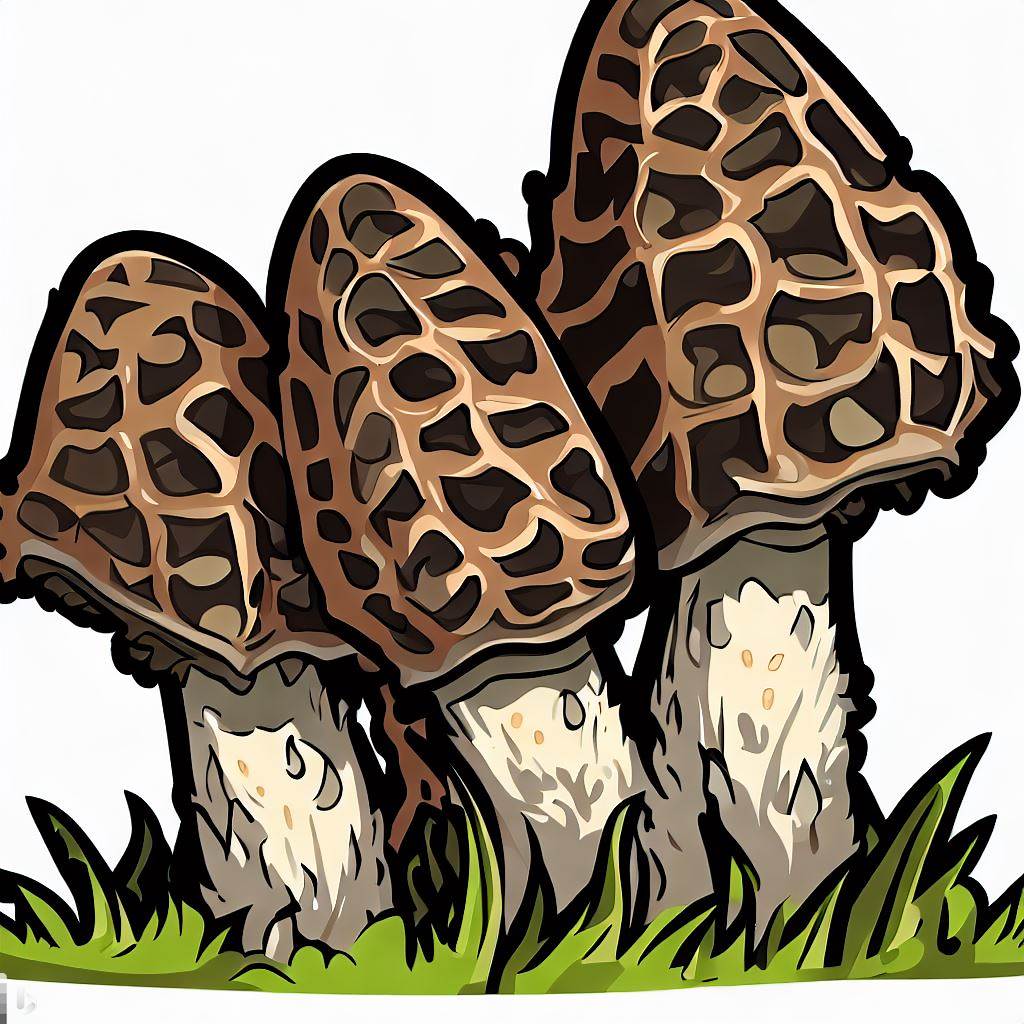
Renowned for their rich, nutty flavor, morels are a sought-after culinary delight found in forests across North America, Europe, and parts of Asia. These distinctive mushrooms, identifiable by their honeycomb-like surface, sprout in the spring. The optimal time to hunt for morels is a few days after rainfall when the soil is still moist, and the temperatures range between 60 to 70 degrees Fahrenheit. If you’re lucky enough to gather a bounty of morels, know how to store morel mushrooms properly to preserve their freshness and flavor.
2. Dandelions
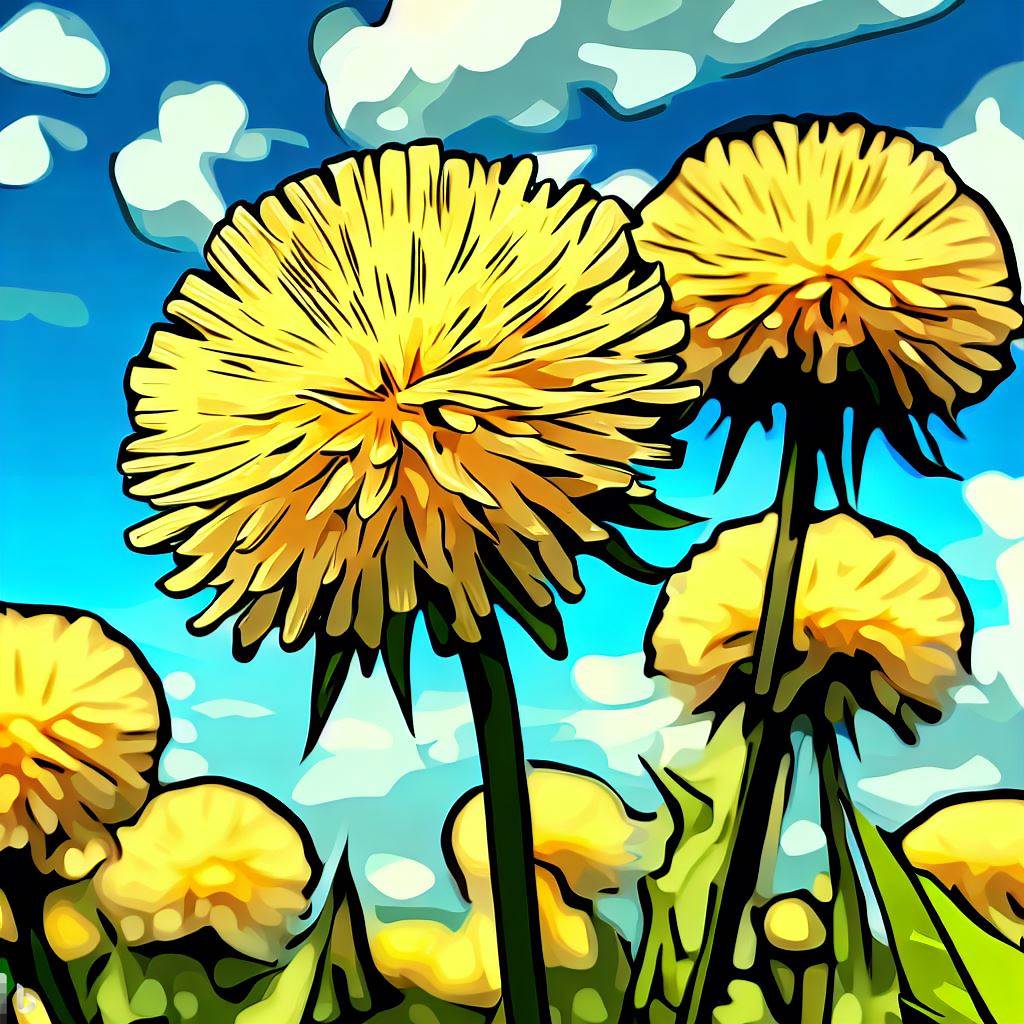

Often dismissed as pesky weeds, dandelions are actually a versatile food source found almost everywhere. Every part of this ubiquitous plant is edible: the leaves can be used in salads or sautéed as greens, the flowers can be made into jellies or wine, and the roots can be roasted and ground as a coffee substitute. Dandelions are packed with vitamins A, C, and K, and they are a good source of calcium, potassium, iron, and manganese.
3. Blackberries
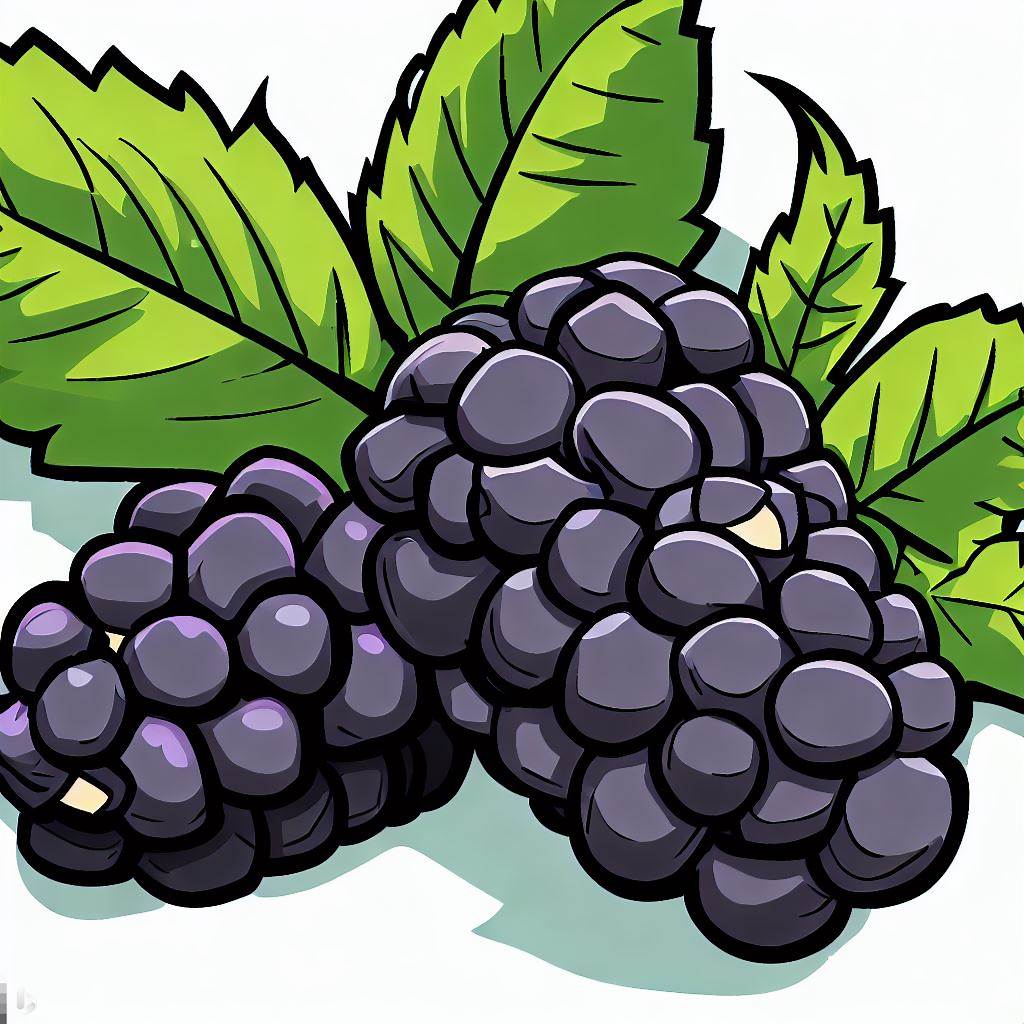

Blackberries grow wild across the globe, often along the edges of forests, fields, or roadsides. Their sweet, tart berries are perfect for desserts, jams, or simply eaten straight off the bush. Blackberries usually ripen in late summer to early fall, depending on the region. While picking, watch out for thorns, and ensure to only pick ripe berries, as unripe ones can be sour and slightly toxic.
4. Nettles
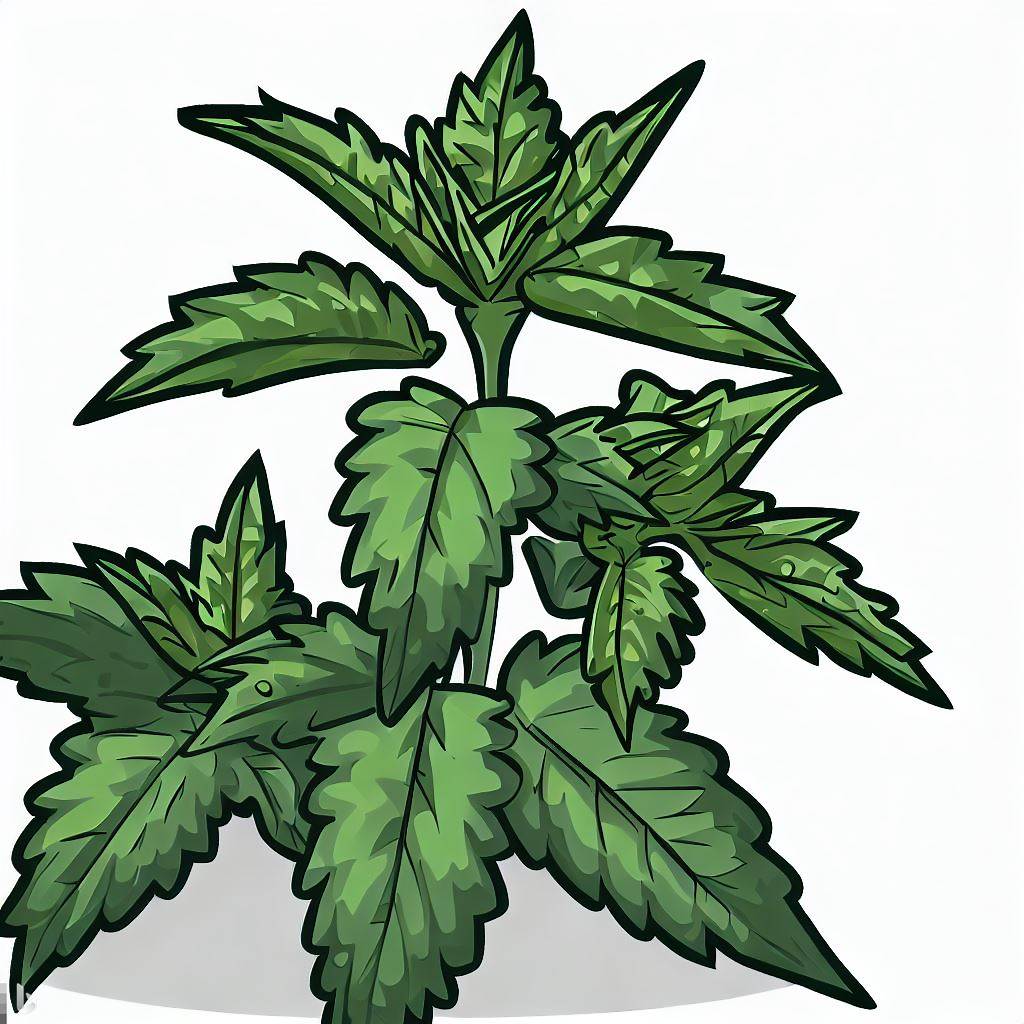

Nettles might seem an unlikely choice due to their notorious sting, but when prepared correctly, they can be a nutritious addition to your meals. Nettles are a good source of vitamins A and C, iron, potassium, calcium, and protein. The young, tender leaves harvested in spring can be used in soups, teas, or pestos. Always wear gloves when picking nettles, and blanch them in boiling water to neutralize the sting.
5. Wild Garlic
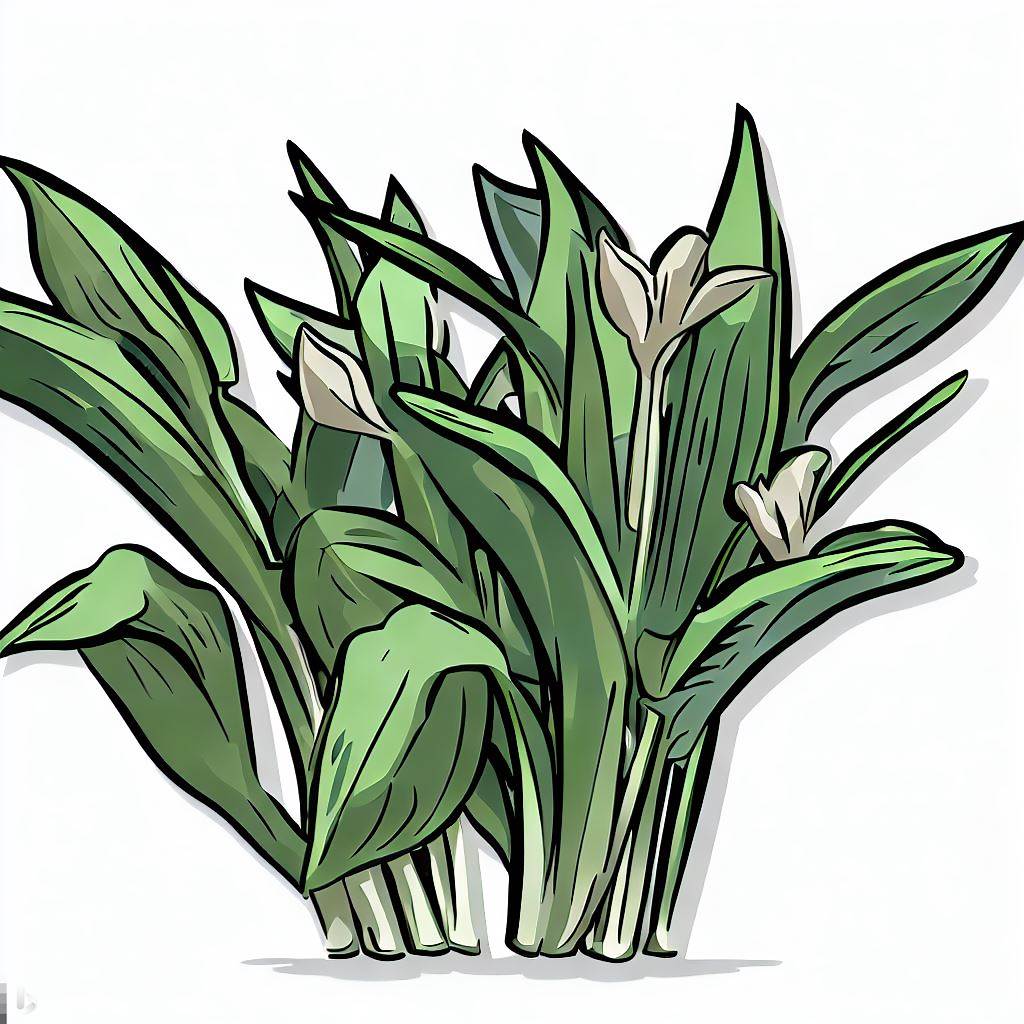

Also known as ramsons, wild garlic can be found in shady woods, especially near watercourses. This plant, with its star-shaped white flowers and distinct garlic smell, is typically foraged in spring. Both the leaves and flowers of wild garlic can be used in a variety of dishes, such as soups, salads, and pestos, adding a delicate, garlicky flavor.
6. Seaweeds
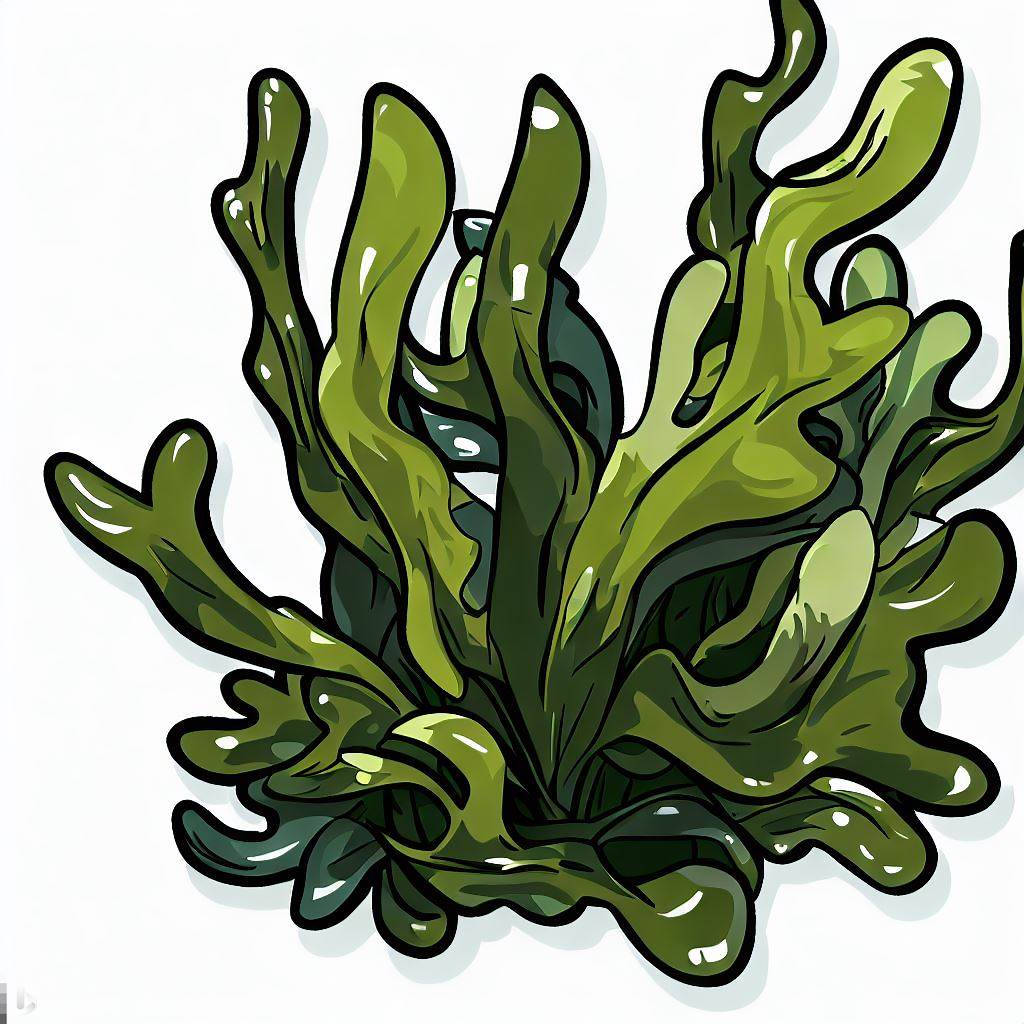

If you live near the coast, seaweeds are an often overlooked food source you can forage for. Common edible varieties include kelp, dulse, and sea lettuce. Seaweeds are rich in iodine, fiber, and other minerals. They can be used fresh in salads, dried and crumbled as a seasoning, or incorporated into soups and stews.
7. Fiddleheads
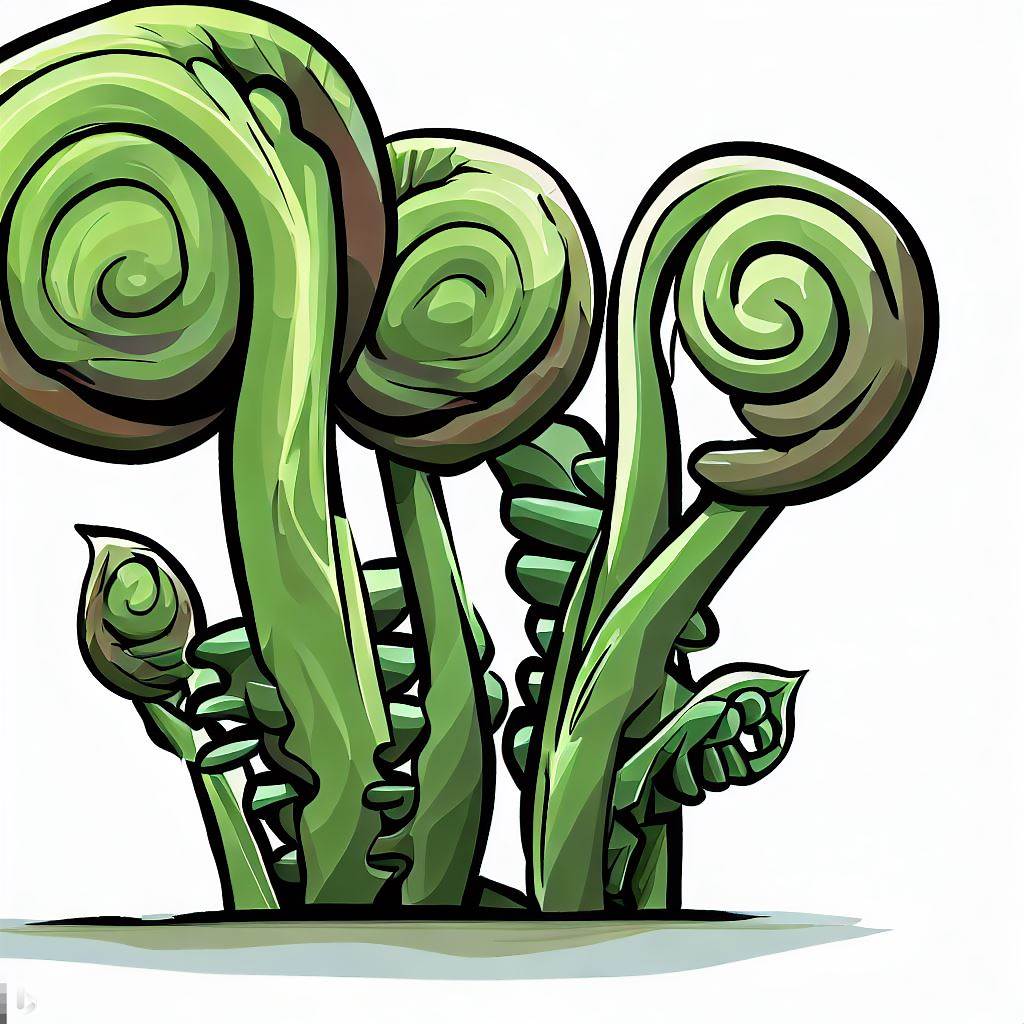

Fiddleheads are the young, tightly coiled fern fronds that pop up in the spring. They are named for their resemblance to the scroll of a violin (or fiddle). When harvested young and properly cooked, they provide a unique, slightly nutty flavor reminiscent of asparagus. Fiddleheads are abundant in vitamins A and C, and omega-3 and omega-6 fatty acids.
Foraging reconnects us with nature, encourages us to respect and conserve our natural resources, and opens the door to a wealth of culinary opportunities. With careful identification and sustainable harvesting practices, foraging can lead us on a lifelong journey of food discovery. So, grab a guidebook, put on some sturdy shoes, and step into the wild pantry that awaits.
Always remember: safety and sustainability first. Happy foraging!
